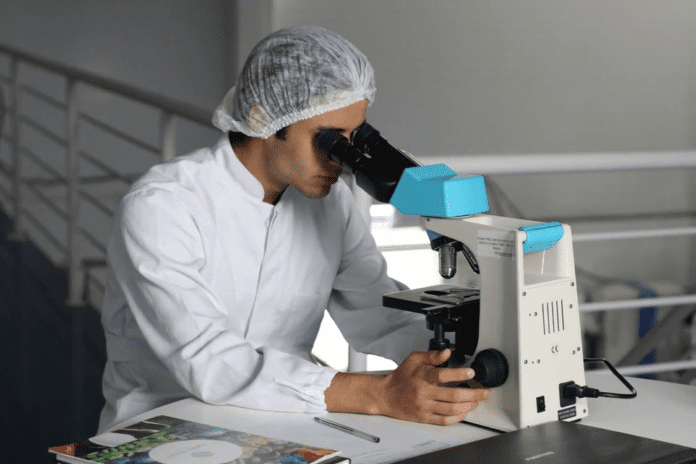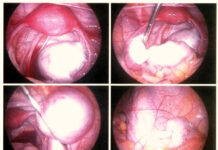The production of monoclonal antibodies plays an essential role in diagnostics, research, and product development. This, in turn, provides various benefits to all the patients who fall under several and distinctive therapeutic areas. Furthermore, the mAbs can recognize a single epitope found within the antigen. As a result, they have a significant specificity than pAbs (polyclonal antibodies), making them perfect for therapeutic and diagnostic uses. On the other hand, the production of a custom monoclonal antibody needs a unique skillset than a polyclonal antibody production that often leads to additional time and costs.
Several analysts and researchers have specified that some of the characteristics of mAbs are ideal for medicinal applications like therapeutic and diagnostic use. However, there are practical tips when it comes to successful monoclonal antibody production. Read on to find out.
Antibody phage display (APD)
Scientists working on such a system utilize APD to produce human antibodies that work against selected antigens. They also use the antibody phage display to produce antibody-based therapeutics and research antibodies.
Generally, the antibody phage display comprises three significant steps. First, a specific vector’s construction enables a considerable amount of various heavy chain and light chain genes to get incorporated. Second, the system then expresses the vector amid the host type that, in turn, enables the genotype coupling along with the phenotype. The third step is panning, which occurs when the phages get exposed to antigens. Furthermore, such a situation arises when antigen-bound phages are replicated through E. coli infection to amplify a monoclonal antibody construct.
Hybridoma generation
A hybridoma cell can secrete and reproduce antibodies while proliferating indefinitely. Hybridoma cells’ unlimited replicative potential helps in producing a significant level of mAbs. Moreover, hybridomas production or generation of mAbs usually takes around ten months.
If you follow traditional methods like in vivo ascites production amid animals, know that they are less common in today’s date. On the other hand, ascites production is banned all over Europe. You can also produce a significant quantity of highly concentrated antibodies by utilizing several approaches like spinners, tissue culture flasks, stirred tank fermenters, roller bottles, and hollow fiber bioreactors.
Humanized mice
In the early 1990s, scientists and researchers took curtains off the first genetically engineered mice, which expressed human antibody repertoires. Such human immunoglobulin transgenic mice tend to express B cells’ receptors known to be human components and hybrids of the mouse. These later go into the development of B cells and mature them into the normal B cell’s subtypes.
One of the essential approaches is utilizing models that fall under the humanized immune system to generate mAbs. For instance, let’s take inoculating a newborn immunodeficient mouse with a human umbilical cord, fetal, or hematopoietic stem cells, which results in potent engraftment of several immune cells. However, the results out of such an experiment have been somewhat underwhelming.
Scaling up production of mAbs
Scientists and researchers working on monoclonal antibody production can escalate mAbs production in several ways, like hollow fiber reactors. They use such vessels for collecting tissue culture supernatants. Furthermore, thousands of semi-permeable that tend to be hollow fibers get arranged in a parallel amid a specific cartridge that can provide 3D environments for cellular growth. And it has an outlet and inlet ports on both sides of a fiber.
The mAb production of antigen-specific mouse
Scientists often use mice for producing mAbs, in contrast with the production of pAb, which generally utilizes rabbits and several other animals. Experts tend to fuse B-cells through myeloma cells with the utmost care. Moreover, hybridoma cells are quite fragile when they go under the fusion process. FBS or fetal bovine serum is generally utilized for providing cellular factors that are vital for growth. Moreover, FBS use also has specific drawbacks. However, such is the contamination potential when it comes to infectious agents. Thus, scientists have deployed several products of commercial serum-free media for supporting cell maintenance and growth.
When researchers and scientists determine that specific hybridoma clones can be acceptable for production procedures, they get stored in vapor phases.
Conclusion
Amid the production of custom antigen-specific mice, mAb can be a technically demanding and time-consuming process. Once you establish stable hybridomas, you can expand and freeze to create reliable sources for the mAbs. While scaling the production procedures for successful monoclonal antibodies, you can make the most of a broad range of methodologies. Furthermore, careful preparation and planning are needed for the production of high-quality mAbs and hybridomas. If you happen to work with someone profoundly and practically experienced, it can help optimize every step. This, in turn, helps in saving a lot of money and time through the process of eliminating the most common pitfalls.
Help keep news FREE for our readers
Supporting your local community newspaper/online news outlet is crucial now more than ever. If you believe in independent journalism, then consider making a valuable contribution by making a one-time or monthly donation. We operate in rural areas where providing unbiased news can be challenging. Read More About Supporting The West Wales Chronicle























